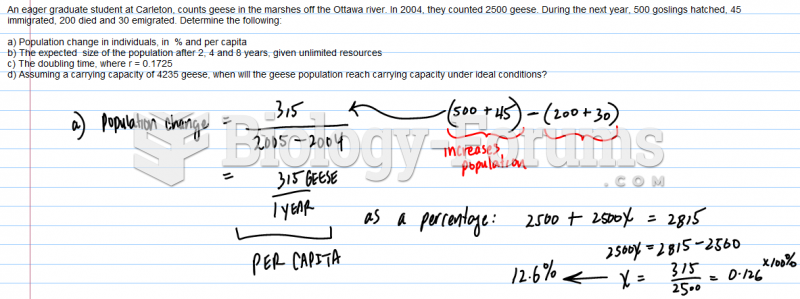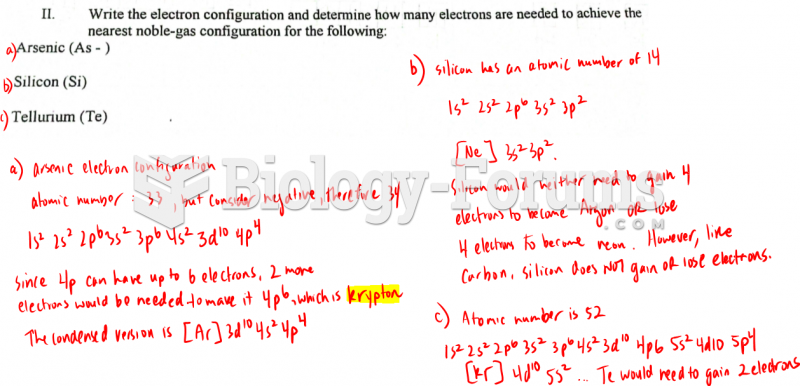Answer to Question 1
A classroom that practices inclusion needs to provide a special educator working in collaboration with the mainstream teacher. Together, the special and regular educators address academic, social, and functional skills. Additional involvement with vocational education personnel by the special educator is also necessary.
Collaboration with parents and public agencies, and the facilitating of communication between these two groups by the special educator, are essential for success in school.
Finally, collaboration with employers and community service providers to establish workable links is critical if a person with intellectual disabilities is to transition successfully into the community.
Answer to Question 2
Mild intellectual disabilities are associated with academic performance and movement to the world of work after graduation with some help. Independent living is the likely outcome with support persons intermittently monitoring performance.
Moderate intellectual disabilities implies greater involvement and, conversely, greater need for support. The school curriculum for these students tends to focus more on functional living skills. Learning multiplication is less important than learning to keep a bank account. Socialization skills for supported living are more important than reading at the tenth-grade level.
Severe/profound intellectual disabilities suggests that supervised living, working, and recreation will be necessary in the posthigh school years. During school life, the focus tends to be mainly on the acquisition of functional skills. For example, rather than learning to read orally, the student will be taught to interpret important words in the environment like exit, poison, and danger.
Note: Traditionally, these categories are associated with IQ numbers to establish otherwise blurred borders. The Hunt and Marshall text does not do this.







